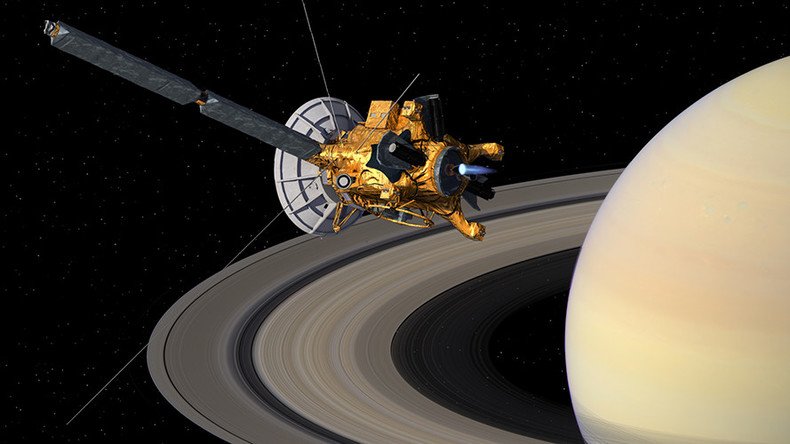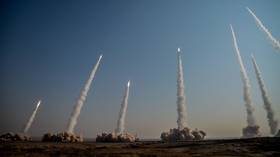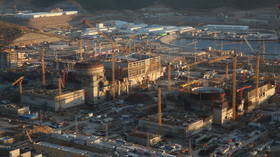‘Tortured moon’: Images of Saturn’s Enceladus reveal scarred surface

NASA’s Cassini spacecraft has captured a spectacular new view of Saturn’s moon Enceladus which highlights numerous jagged cracks on its icy surface.
As Cassini continues its ‘Grand Finale,’ orbiting closer and closer to Saturn before plunging into the gas giant, it continues to beam incredible new images of the planet and its moons back to Earth.
The low angle of sunlight along the crescent of #Saturn's moon Enceladus highlights the furrows on its icy surface https://t.co/ILfxJHFc9Opic.twitter.com/BMGBevFj6C
— CassiniSaturn (@CassiniSaturn) May 22, 2017
The latest photo snapped by the spacecraft is an incredible new view of Enceladus, the planet’s sixth largest moon. The freshly released image was captured by Cassini’s narrow-angle camera, looking toward the moon’s Saturn-facing hemisphere.
The photo, captured from a distance of approximately 168,000km (104,000 miles) was taken in late December last year and released by NASA on Tuesday. The moon’s jagged surface is dimly lit by sunlight reflected off the ringed planet.
Enceladus is a small icy moon only about a 10th of the size of Saturn’s largest moon, Titan. It is the “most reflective body in the solar system,” according to NASA, helped by its smooth bright – but “tortured” surface
#Cassini spacecraft captures incredible image of Earth from a billion miles away https://t.co/QbXWqHZVqhpic.twitter.com/lc4GZWLyz3
— RT (@RT_com) April 23, 2017
The $3.2 billion Cassini mission was launched in 1997 and is a joint venture between NASA, the European Space Agency (ESA) and the Italian space agency (ASI). It has been orbiting Saturn since 2004 and has captured thousands of incredible images of the Saturn.
In the final stage of its mission, Cassini will make 22 orbits, bringing it increasingly close to the planet’s surface before it intentionally plunges into the gaseous atmosphere this September.











